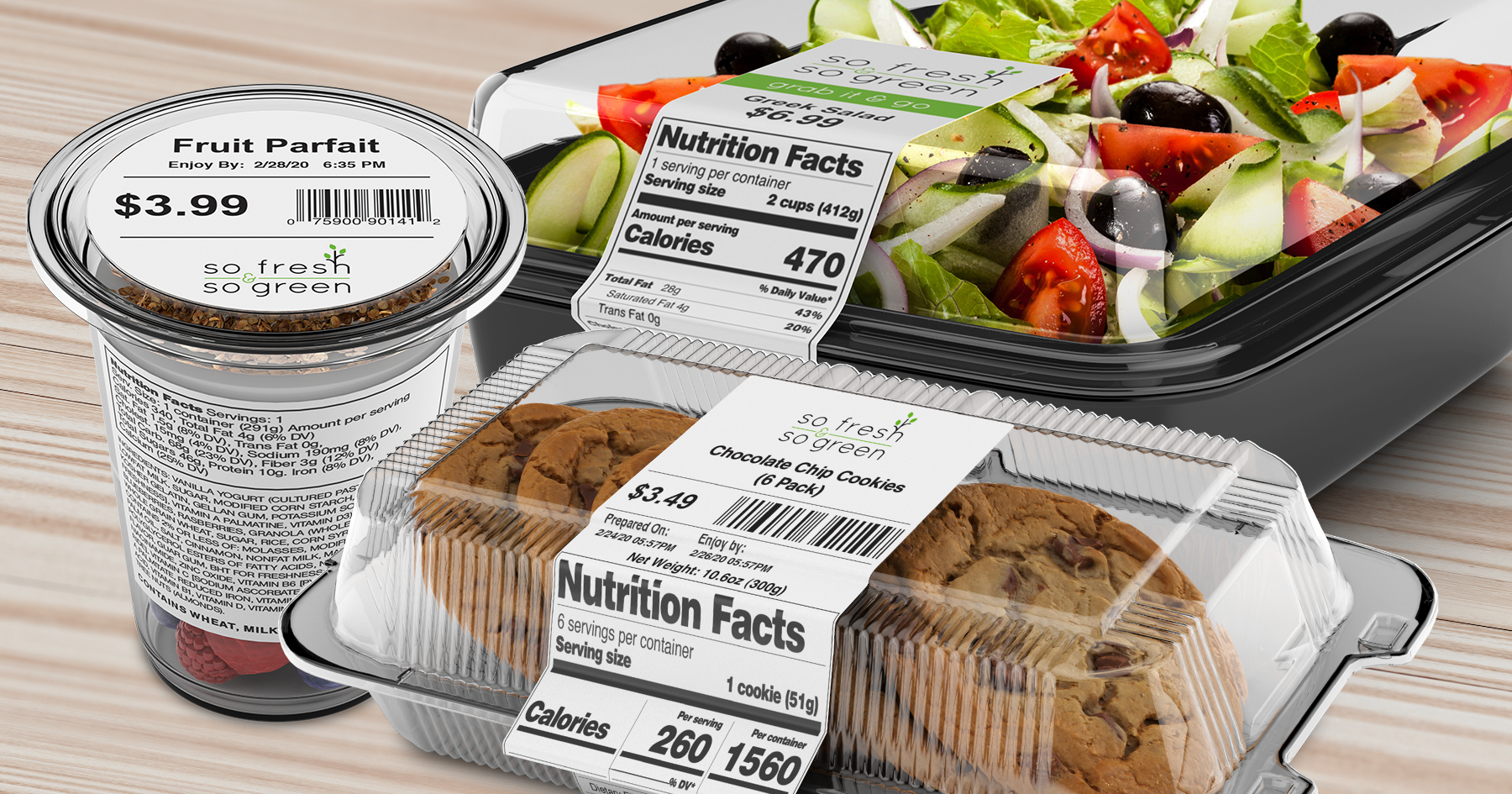As convenience stores ramp up their fresh food programs, the foodservice industry asks a new question: Are c-stores the new quick-service restaurant?
Originally known for “cokes and smokes,” some of the biggest names in convenience have integrated delis, grab ‘n go food and even full kitchens in locations across the U.S., and it’s no surprise why. According to the Convenience Store News 2022 Industry Report, food service sales increased by a whopping 20.5% from 2020 to 2021, resulting in $43.2 billion in profit. Of all in-store purchases, prepared foods (prepared either on or off-site) accounted for 12.31% of sales, only rivaled by cigarettes at 25.9% and packaged beverages at 13.75%.
The challenges of foodservice
Adding a foodservice program to every c-store sounds like a no-brainer, but it is far from it. Unlike other pre-packaged food offerings like grocery, candy, ice cream and salty snacks, fresh food requires more staff, cooking areas and added health and safety requirements. Additionally, the new California fast-food minimum wage bill signifies a greater issue within the foodservice industry. Labor is not only hard to find but becoming more expensive every day.
How technology can help
So, how are c-stores creating fresh food programs that rival some of the nation’s biggest quick-service restaurants? Primarily, convenience store retailers are turning to the back-of-house technology currently used in QSR kitchens. Back-of-house technology often addresses multiple processes and problems found in foodservice programs.
One of the primary benefits that c-stores can make use of is labeling. With strict FDA guidelines, all grab ‘n go food items must have clear and accurate labels on every container. Technology like BOHA! Labeling, prints grab ‘n go labels on demand. This eliminates the costly possibility of discarding thousands of labels when menus or recipes change. As an added benefit, up-to-date labels mean retailers don’t have to worry about potential fines from compliance issues.
Digitizing temperature and equipment monitoring also makes a significant impact on a c-store’s ability to run a thriving fresh food program. Most retailers are already familiar with HACCP logs, but integrating kitchens into stores introduces a new volume of requirements. Each ingredient must be closely monitored, and software like BOHA! Temp allows retailers to automate logging by adding temperature values from a Bluetooth thermometer automatically to a digital HACCP log. It’s not only about the ingredients, however; the equipment must also keep a specific temperature range. Software like BOHA! Sense automatically logs equipment temperatures and notifies retailers remotely if it falls out of range.
Finally, task management plays a huge role in labor savings. Digitizing checklists with software like BOHA! checklist saves valuable hours by making sure tasks are completed correctly and on time. Attach instructions to any task so inexperienced staff have directions easily accessible whenever they need them. Tasks can be easily edited, added or removed to customize to meet each location’s specific needs. Checklists can also manage tasks outside of those for the fresh food program. Manage basic safety and cleaning procedures across the store.
So, are c-stores the new QSR?
It’s becoming clearer that c-stores are encroaching on the territory previously held by quick-service restaurants. Consumers benefit from the same convenience, availability and price point in both convenience food programs and fast food. Looking into 2023, foodservice is predicted to continue to grow in both profitability and its share of in-store profit. Only time will tell, but QSRs should watch their c-store competitors closely—they aren’t far behind.
Originally published on cspdailynews.com.
